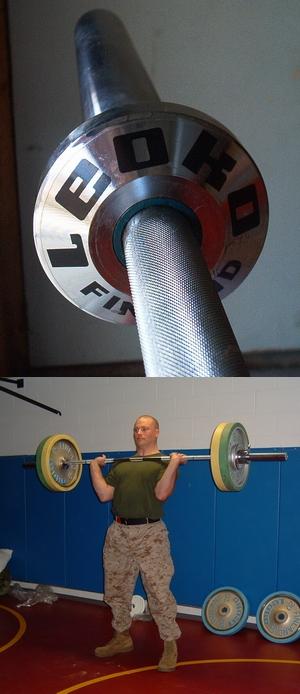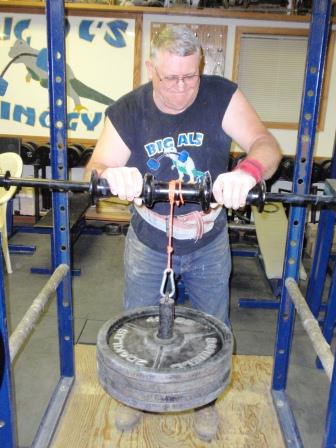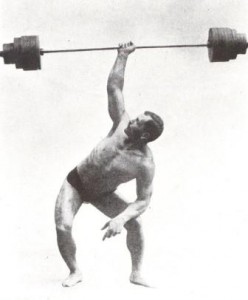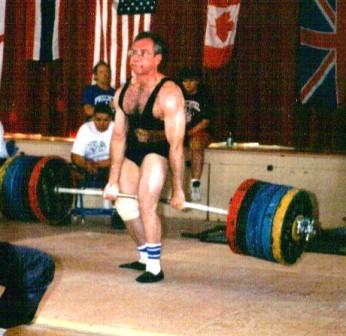Tourism Ambassador Award
by Thom Van Vleck

Thom Van Vleck accepting his Ambassador of the Year Award from the Kirksville Chamber of Commerce. (photo courtesy of KTVO)
Thanks to the USAWA, I was greatly honored by the Kirksville Chamber of Commerce the other night. For the past 15 years I have held dozens of Highland Games, strongman contests, and helped the Irondogs with powerlifting and olympic lifting meets that have brought a lot of people to Kirksville. I never really thought about it until this award came up, but many would have never come to Kirksville had these events not been held. To be honest, I just wanted to host meets and have some fun! My goal financially has always been to break even….and even that goal isn’t always met! Those of you who have run meets know what I’m talking about! I never thought about the fact I was bringing tourism to my hometown.
So why do I want to thank the USAWA? Because promoting the Nationals in Kirksville last year seems to be the event that got me recognized by the C of C! Some of you that attended were kind enough to write a thank you letter to the C of C as they helped me out with the meet. Those letters were so good, they put me up for the award and I won! There were about 200 of Kirksville’s best at the annual banquet where I got my award. Debi Boughton, head of tourism for the C of C introduced me, talked of the games and the meets I have promoted, and then read a couple of the letters send by USAWA letters. The first letter was from Chad Ullom and the second one was from Denny Habecker and his wife. These letters mentioned business that had several representatives in the crowd. I gave a little speech, plugged my events for the coming year, and thanked the C of C for helping me as well as the local sponsors who’ve been so good to me over the years.
Afterwards, I was interviewed by the local paper and the local television station. I also was asked to speak at the local Rotary clubs (there are two in town) and do an hour long interview at a local radio station! I have to say, I felt like a real BIG SHOT! I was just a great opportunity to promote my Highland Games (that’s my real passion), but also to solicit new volunteers, sponsors, and competitors. One of the people that approached me after the award ceremony wants to try his hand at the Highland Games! New blood is always a good thing.
Afterwards some friends took me to the Dukum Inn for a celebratory round of drinks and soon I was home in time to catch the evening news with a story on my. Leave it to one of my kids to bring “Ol’ Dad” back down to earth. After the news showed me giving my speech and talking about the award my youngest son said, “Yeah, Dad….now can we turn it back to my show”!
So, thanks USAWA for “putting me over the top”. I think a lot of good things will come out of this award, some new sponsorship, some new help, some new spectators, and maybe even a new competitor or two! I am hosting the Old Time Strongman Championships again this year and the Chamber wants to help me on that one, too. So come back to Kirksville, or come for the first time! More USAWA events are to come!



